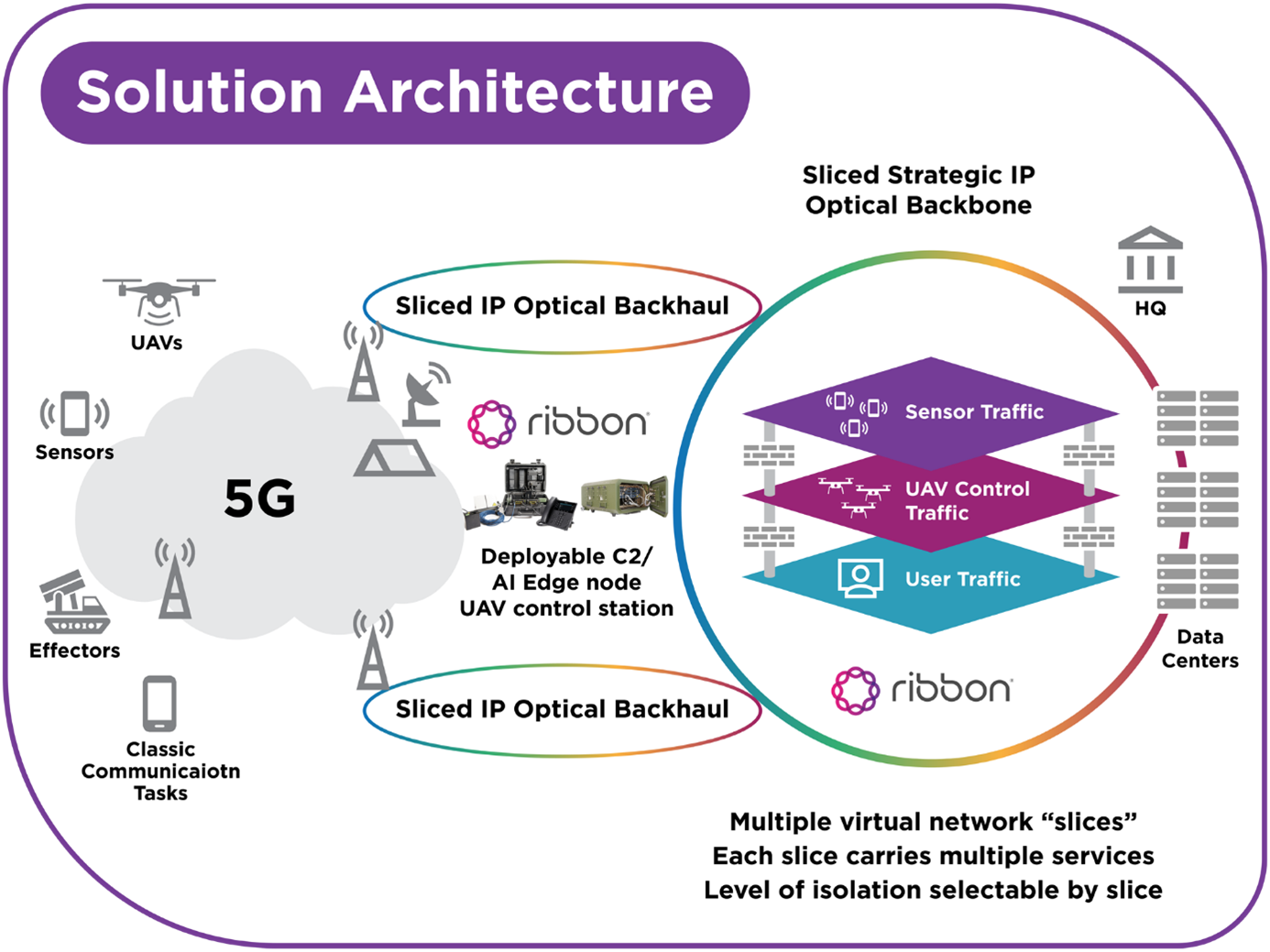From Carrier Pigeons to Sensor Fusion - Speed Matters in Information
Once upon a time, carrier pigeons were the fastest and often the only reliable means of communication between outposts, dismounted infantry or dispersed formations and headquarters. These pigeons were valued for their homing ability and speed, making them dependable military messengers. These days, unmanned aerial vehicles (UAVs), also know as drones, and sensors are out there gathering information and sending it to processing units. Then the results get sent to the troops on the ground. The goal is the same: using the fastest way to transmit information, whether it's by pigeons or high-speed transmission.
While speed and capacity are less of an issue in strategic backbones, bandwidth becomes a limited resource at the brigade echelon and below, particularly as the number of sensors and effectors increases. Given the significant volume of data generated by sensors (up to 70% of total traffic on platoon level), it is essential to implement measures to ensure the availability of sufficient bandwidth. Otherwise, real-time information may be delayed or lost. The implementation of network architecture is imperative to facilitate the dissemination of sensor and effector data from tactical to the strategic levels.
A way of reducing the required bandwidth is processing sensor data already at the tactical edge. One of the main tasks is sensor fusion, the process of combining signals acquired from various sensors to create the most precise and meaningful output. The results, individual or fused, can be backhauled to the headquarters for further processing, enabling cooperative engagement and effector feeding.
Deployable command and control (C2) nodes and UAV control stations play a vital role in the speed game. As both speed of transportation and speed of tactical node deployment are of paramount importance, preconfigured, hardened and rapidly deployable tactical edge solutions are mandatory. A deployable case, equipped with applications server (AS) and session border controller software on a ruggedized computer, can support voice transport protocols and enable integration with AS core via satellite or mobile data, so subscriber policy and features cascade to the tactical edge environment. The case needs to stand all sorts of environmental circumstances and should be customized for the respective mission.

Handling both tactical networks burdened with voice and operational traffic and strategic networks carrying an unpredictable mix of real-time and non-real-time traffic (generated by distributed C2 nodes, cameras, computers, radar stations, etc.) requires a thoroughly architected network. It should exhibit minimal delay, jitter and packet loss, and all C2 nodes, sensors and effectors must be kept synchronized.
Raising the Curtain on Network Slicing
Network slicing became prominent as a key feature of 5G, but it also applies to fixed networks, achieving the same results. In a sliced network, each slice functions as an independent network that can’t be interfered with by other slices. This approach ensures that a portion of the bandwidth is allocated for critical data, while the remaining bandwidth is utilized in the standard best-effort manner. In an ideal scenario, a sliced tactical 5G network, connecting both sensors and UAVs on top of classic communication tasks, is connected to a sliced IP/packet backhaul network, which flows across a sliced backbone.
The ability to swiftly gather, transport, process and correlate information, as well as the rapid dissemination of results, is paramount to achieving success. Thinking end to end is crucial for architecting battleproof networks, regardless of addressing strategic IP backbones or tactical deployable nodes enabling counter–unmanned aircraft system missions. Moving at the speed of data is key in today's and tomorrow’s digital warfare.





Comments